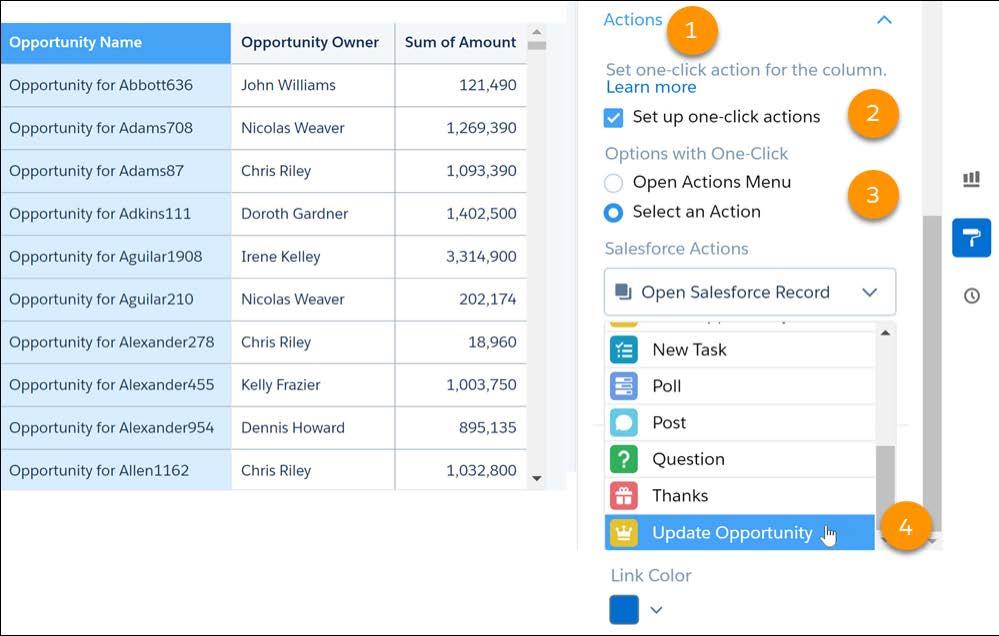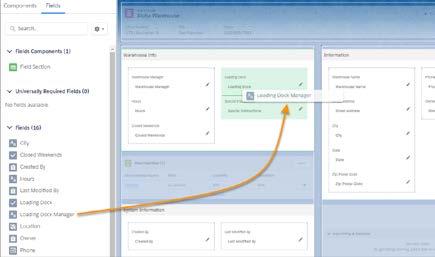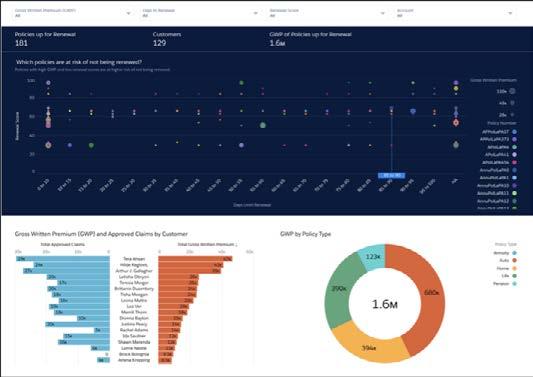
4 minute read
Service Cloud & Field Service Lightning
Top new Service Cloud & FSL Features in Winter ‘21.
Einstein for Service gets smarter once again
Advertisement
Einstein for Service brings us a lot of AI-powered functionalities that will help Customer Service teams work smarter, by learning from your agents’ behaviour and using these learnings for automation.
A great way to scale up your Customer Service case handling capacity and increase case deflection is by setting up an Einstein Bot. This will become a lot easier with the Winter ‘21 release, as the Guided Setup Flow for Bots has been updated to also facilitate less experienced Bot builders. Builders can choose to create a Bot using a template that includes popular Salesforce actions like creating a case, adding a case comment or looking up an order.
Einstein Case Classification is a great way to enhance Case data and automatically qualify cases. Curious to find out what Einstein Case Classification can do for you? The free ‘Try Einstein’ version of Case Classification now recommends field values directly after case creation, as opposed to every hour. This will give you a better understanding of what this functionality can mean for your business.
Service Cloud/Guided Setup Bot
In our last Release Paper, we introduced Einstein Reply Recommendations. We are glad to share that with the Winter ‘21 release, support for eight additional languages was added in pilot: French, Dutch, German, Spanish, Italian, Danish, Swedish, and Turkish.
”Using AI solutions for Customer Service shouldn’t be aimed at replacing human interactions, instead, it’s actually a great tool to add more value to these human interactions and make them more efficient.”
Stef van den Oever, Customer Practice Manager
Enhance your omni-channel strategy with Service Cloud’s engagement channels
In the last Release Paper we introduced Service Cloud Voice, which is a great way to embed your telephony channels into Service Cloud. The Winter ‘21 release brings this powerful set of functionalities to Sales Cloud as well! Additionally, this release unleashes the full power of Salesforce’s automation tools like Process Builder and Lightning Flow to be used on the Voice Call object, allowing you to configure complex automations whenever Voice Calls are created or edited. On top of that, the Voice Call object now supports Macros and Quick Actions.
Another powerful added functionality is the ability to monitor phone conversations, through their live transcripts, in the Omni-Channel Supervisor. This works similar to monitoring live chat conversations.

Other channels also attain updated functionalities in the Winter ‘21 release. For instance, Skills-Based routing is now available for Messaging Sessions and Chats, giving you even more capabilities to guide chatting customers to the right agent.
Frank Visser, Managing Service Cloud Consultant
Boost your service agents’ productivity with these new Service Cloud functionalities
One of the challenges we usually encounter during a Service Cloud rollout, is the use of unattractive Reference IDs in email subjects and bodies to ensure a response gets linked to the corresponding case. With the Winter ‘21 release, outbound email Reference IDs will be nicely hidden in the email header, allowing for an aesthetically pleasing email experience and a more secure way of linking emails to the correct case.
This release also introduces quite some prebuilt content to assist you in effortlessly rolling out functionalities like Lightning Flow, Macros and Quicktext.

Service Cloud/Guided Setup Bot
The fact that Field Service Lightning is lightning fast no longer needs emphasizing, Salesforce must have thought. From now on, Field Service Lightning will simply be referred to as Field Service. This change will be purely aesthetical, as it will not impact namespaces, developer field names, permission sets or custom permissions.
Now on to the more serious improvements in this release. The Winter ‘21 release introduces a standard method of storing Product Warranties. Generic Warranties can be linked to Products and Product Families. Furthermore, for specific assets, additional or extended warranties can be registered. This information can be an important driver of your Field Service planning and invoicing.
In the area of planning, travel times can now be calculated more reliably using Street-Level Routing. This method of calculation will also take into account actual speed limits and turn-by-turn data and will become generally available with this release.
Also, the Action Launcher (the heart of field workers productivity) has been redesigned to allow for easier execution of actions during Service Appointments.

“It is great to see that we now have the availability of a native data model to track warranties of equipment owned by customers. Having the ability to record details about standard product warranties and extended asset warranties will help employees throughout the company; from service agents planning an appointment, to mobile workers starting claims for a faulty product. Where we had to custom build this before, it is now available out-of-the-box!”






